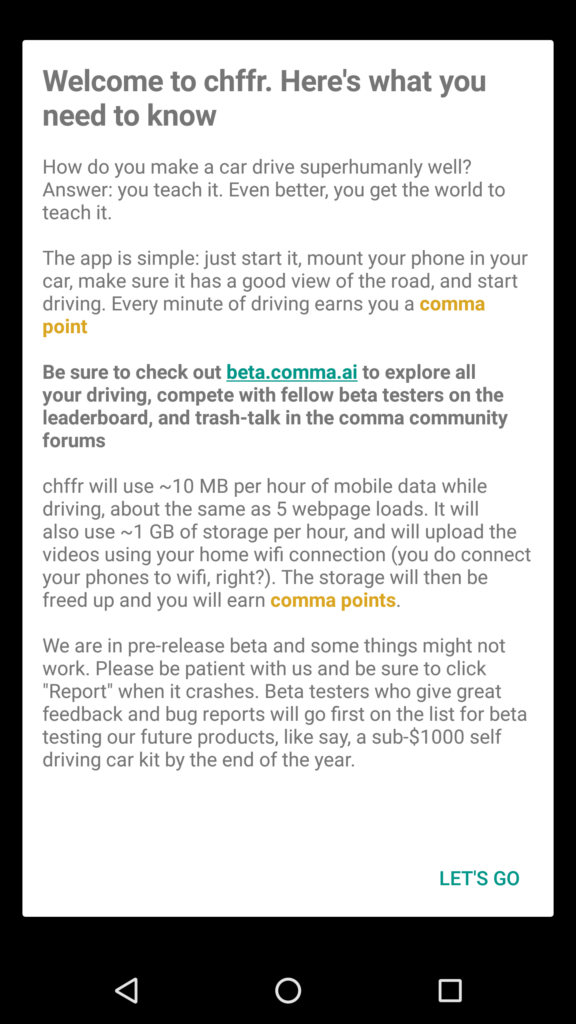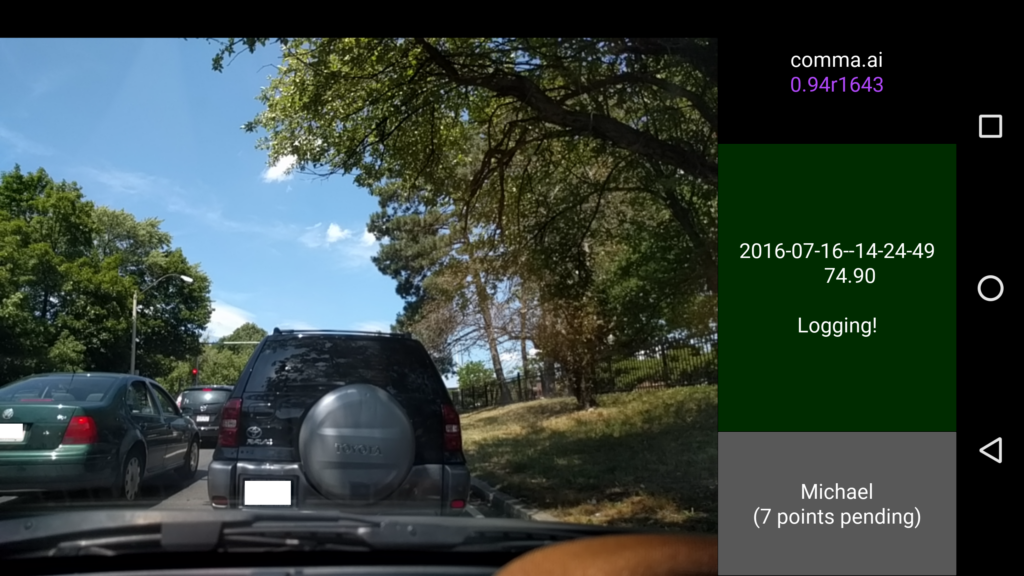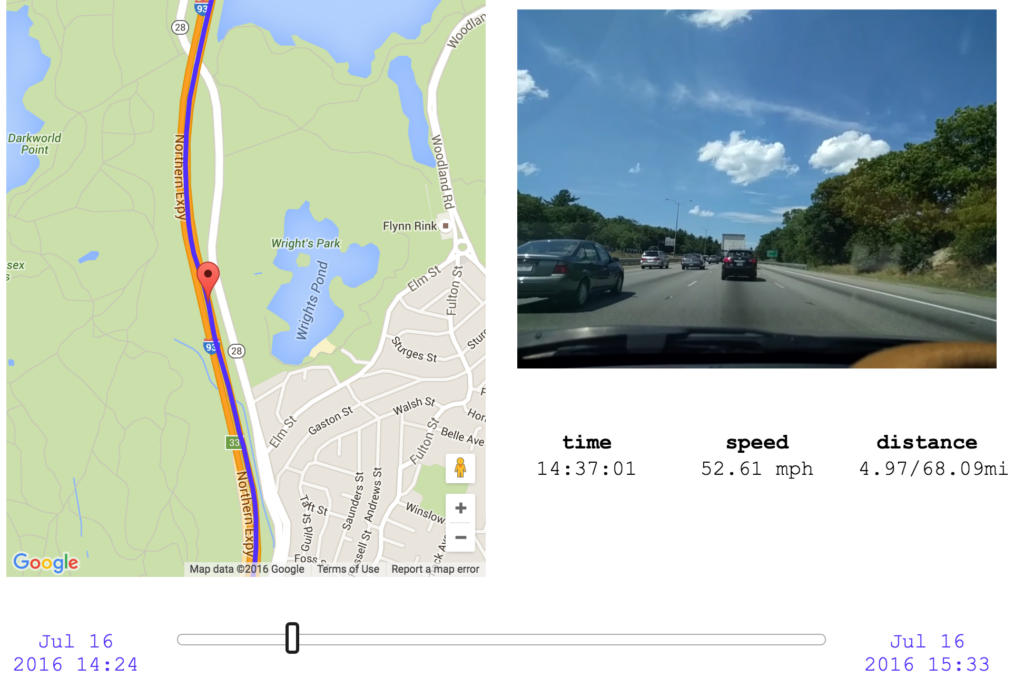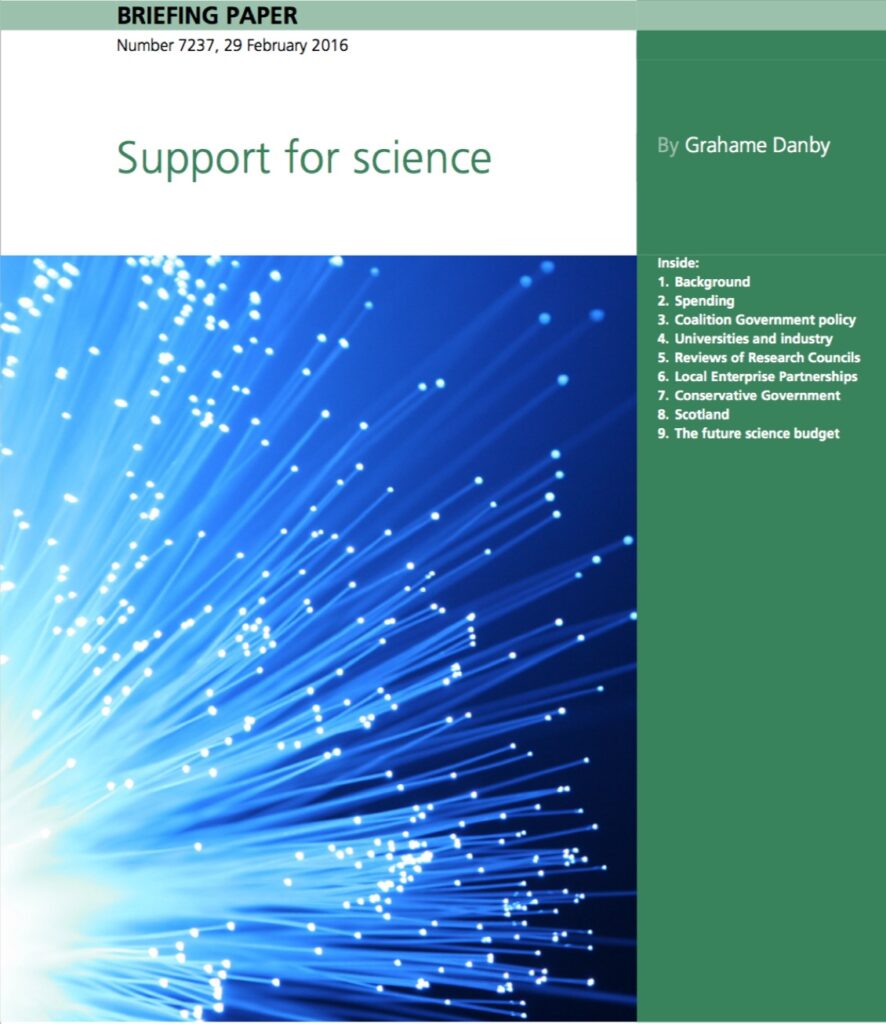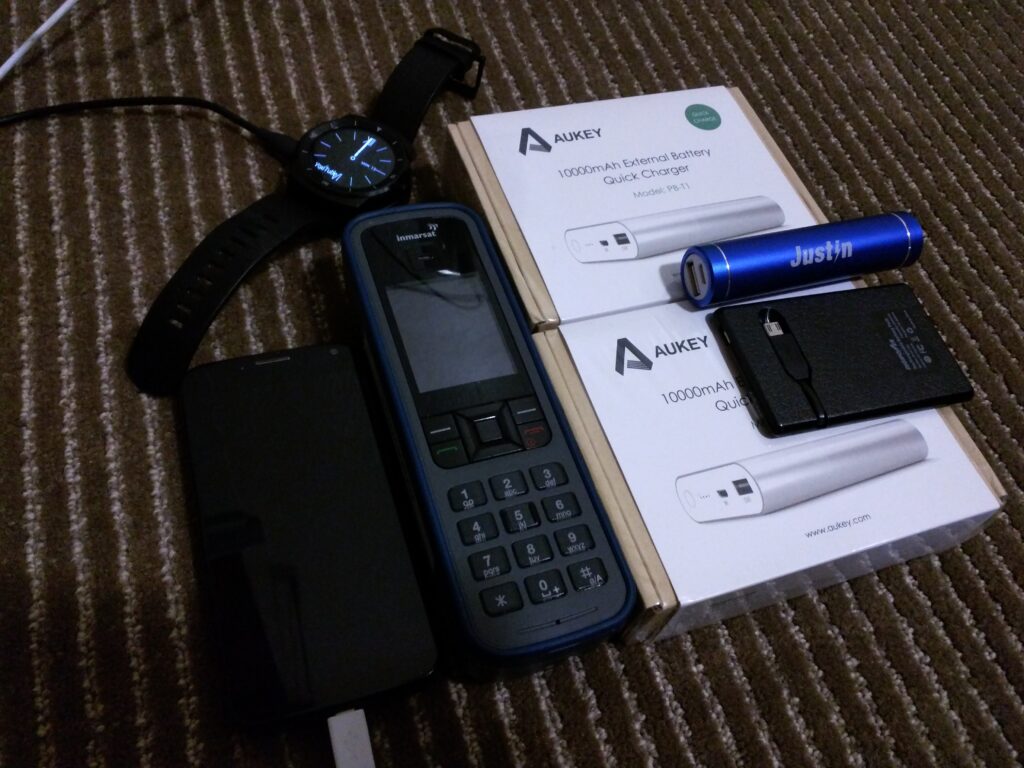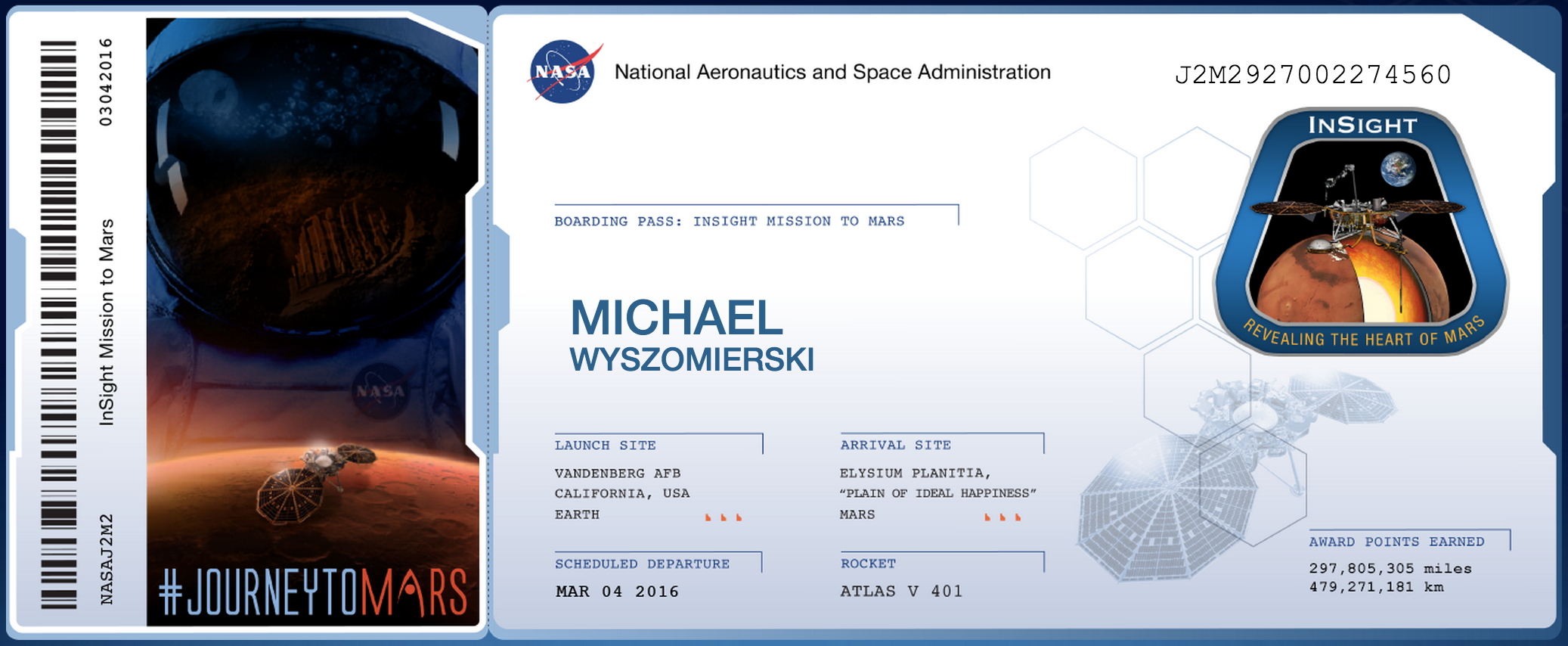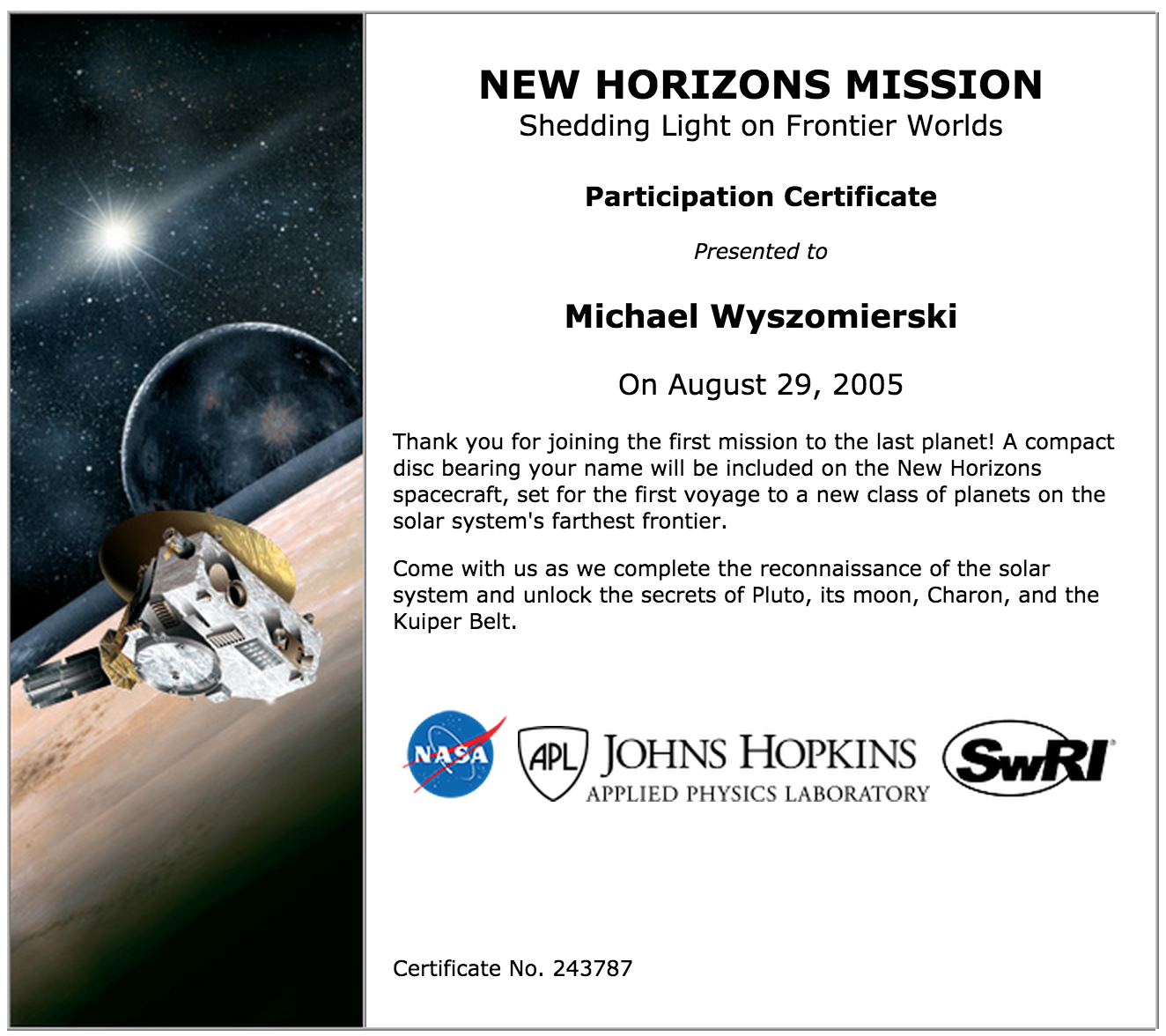People love to complain about customer service. It seems like a (dated) cliché to do it on a blog and I dislike spending my time and energy on something negative (even if it’s constructive), but I’m going to do it anyway so here we go.
Customer support can save a relationship even after something has gone wrong. I notice when it’s done really well. Last December, Amazon gave me a full refund on a $200+ item (that they let me keep, even though I didn’t ask them for this) because it arrived late, even though I’m pretty sure it was the carrier’s fault. I don’t hesitate to trust Amazon when I buy something online (when trust is very important considering the lack of a physical interaction) because I know that if something goes wrong, Amazon will make it right. One aspect of doing business today that I love is that customers are generally well-informed, so businesses have to compete on merit, whether it’s based on price, availability, ethics, quality, or something else. I think that over time, this should lead to companies striving to offer the best possible customer service.
I’ve been a longtime fan of Uber. Whether it’s provided by Uber or someone else (even a traditional taxi company), I want an Uber-like product (or, preferably, multiple Uber-like products) to exist. That means high reliability, high availability, comfortable, cash-free and tip-free, on-demand smartphone-powered transportation where low-quality drivers and passengers are called out and removed when necessary.
I had a poor experience with Uber recently. I took a long uberX ride (about an hour) from a metropolitan area into the suburbs. In the last couple minutes of the trip, the driver, who was friendly for the majority of the trip, started driving hesitantly. He tried to pull into a nearby driveway, and I told him to continue down the road. He seemed unsure, even though my instructions were the same as the GPS instructions that he had happily been following for the past hour. We got to the last turn. I told him where to turn, and he did, but then stopped. I didn’t know what to do. He said something like “I’m sorry, this is scary” or “I’m sorry, I’m freaked out.” A minute earlier he had made a comment like “There are houses out here?” so I tried to figure out what was going on and thought that maybe he thought I wasn’t serious about the house really being on the road that I was taking him on. I told him that if he just continued to the crest of the hill, about 200-300 feet from where we were stopped, he would see a house. He refused. Not knowing what else to do, I told him to end the trip and I got out of the car. I was about a half mile away from my destination, and I walked the rest of the way, at 1 AM, in 27° F.
That same morning, I replied to my Uber receipt and let them know about what happened. I tried to make light of the situation as much as possible and be as understanding as I could of the driver, and signed the message as an “Unintentionally scary passenger.” I’d used Uber over 40 times before this, and rarely had problems. When I have encountered small issues, such as a duplicate airport fee on my receipt, they have been resolved quickly.
This time, I was not satisfied with the support. Since I wasn’t taken to my destination and was left in a field—that as far as my driver was concerned was unsafe and miles from civilization—I expected an apology and a refund. I was given $5 in credit towards my next trip and a promise that Uber would follow up and check with the driver.
12 hours later, after not hearing from Uber, I sent a quick followup asking them to let me to know when the situation was resolved.
After a couple of days, I got a reply from a different person. This one made me upset, but maybe I’m just misinterpreting the tone. To be fair to Uber, here’s the message with the employee’s name redacted:
Hi Michael,
Thanks so much for reaching out about the trouble with your ride. It appears that both you and the driver were stuck in a very uncomfortable situation. Because the driver accepted to take you to a destination that was out of the way I don’t think a full refund is in order. I am sure had you tried to hail a regular taxi to take you to your remote home, they would not have been as gracious as the Uber.
I cannot answer to the fear the driver experienced. Obviously something in your neighborhood did not seem safe for him. The driver’s safety is also important.
What I can do since it was not your fault the driver was scared, is to offer you a 25% courtesy discount off the trip cost. This lowers it down to $82.45. The difference should post to your account within the next couple of business days.
Thanks and hope your next Uber ride is a much more pleasant experience.
[Name redacted]
Uber Support
I had a few issues with this response, but I’d be interested to hear in the comments if you think that I’m overreacting. I do appreciate that the responses came quickly and were not templated. I’ve seen a wide range of expectations when it comes to customer support, and maybe I’m feeling too entitled in this situation.
The employee said that I shouldn’t get a refund because “the driver accepted to take [me] to a destination that was out of the way” and later referred to the house I was going to as “remote.” The note implied that the discount was a favor, offered as a “courtesy” after Uber was so “gracious” to charge me for an incomplete trip.
That’s the point of my complaint: The driver agreed to take me to a destination, but he didn’t actually take me there. I was left on the side of the road in a field. Discounts are appropriate if there was a delay or a mixup, but when a promised service isn’t delivered, there aren’t generally points for trying. To remove any doubt that Uber and the driver had agreed to take me to my specified “out of the way” and “remote” destination, consider:
- I never saw any Uber policy indicating that going outside of the service area would be a problem. My destination was closer than 10 road miles to the edge of the coverage area on Uber’s website. Many tweets from verified Uber accounts indicate that Uber drivers will take passengers anywhere.
- Days before the trip, I had requested a fare quote from Uber’s website to determine if Uber would be an option for that night. I entered the same address that I requested the driver to take me to, and received a quote without any messages indicating that there would be an issue with the destination.
- When I requested a ride using the Uber app, I entered the destination in the app before the driver arrived, and he used it to request directions with his phone. I didn’t verbally give the address or ask him to go anywhere other than what the app said. The app gave me no error messages or warnings regarding the destination.
- When I got in the car, I asked the driver if he was okay with a long ride. He said that he was, and added something along the lines of “That’s what I want,” I assume referring to a long fare. Before we started moving, he asked how long, and I told him it would be about an hour. He agreed to that. According to my receipt, the trip time was 55 minutes.
- While we were moving, I believe while we were on the highway, he even said something like “I don’t want to drive in the city,” again I assume because highway driving means more distance (and more money) in a shorter amount of time.
The response implied that with a regular taxi, I would not have been so lucky to be taken partway to my destination. I’m not sure if that’s true. Being used to Bay Area taxi rates, having a much lower success rate of good experiences in taxis, and assuming that if I were to ride with Uber it would be pleasant, I hadn’t even considered a taxi as an option. I had plenty of other options, including a train which would have been much less expensive, but would have required me to bother someone for a ride in the middle of the night at the end. However, now that I look at an online fare estimator, a taxi would only have been about 10% more including the tip, and they would have been required by the PUC to take me to any destination, regardless of distance.
That’s why I’m upset. The initial incident was actually somewhat entertaining (though I hope that the driver soon realized that he was in no danger as I walked off into the night), but the lack of concern on Uber’s part disappointed me.
Most of my experiences with Uber have been great. I’ve also had fine rides with standard taxis, but they have more often annoyed me in some way. I’m happy to see that they’re starting to embrace technology in some areas such as Philadelphia (competition is great!), though it sounds like their solutions still need some work as well. I like other on-demand services such as Lyft and Sidecar, but they have lower availability and I like the standard and tip-free rates with Uber. For prearranged rides, I’ve liked using GroundLink and local services like PlanetTran. Since I really want Uber to improve, here comes the constructive part of my criticism. This is what I believe would have been an appropriate response to my report:
- After my first email, send a note saying “Sorry you had a bad experience. We’re going to investigate what happened and get back to you.”
- Investigate. Get the driver’s side of the story and make sure that I didn’t do anything threatening or dangerous. Look at my three-year customer history where I’ve happily paid over $1500 in fares. Note that the driver has only been with the service for a week. See that I have never asked for or received a refund before, and that I usually leave high ratings. Run a background check on me if you want. Realize based on the GPS data and my entered destination that I was in fact on my way to a house, and not taking the driver to the middle of the woods or an abandoned warehouse. Look at online imagery and see if anything looks unsafe. Consider that the driver was completely comfortable letting me out of the car in this area, and that I walked out into the field with nothing but my coat and my phone. Ask yourself why would I have gotten out of the car if I was somewhere unsafe.
- Follow up with the driver. Giving him the benefit of the doubt and in a show of goodwill, let him keep the fare, but assure him that as far as you could tell, he wasn’t in danger. Make it clear that it is almost never okay to leave a passenger stranded, including in a situation where he wasn’t in enough danger to bother calling the police. Remind him that safety is important, and that if he’s ever in a similar situation, he could do any or all of the following:
- Let the passenger out, drive to “safety,” and call 911.
- Contact Driver Operations.
- Take the passenger to a well-lit and populated area (including a police station) and ask the passenger to exit the car.
- Follow up with me when the investigation is complete. Let me know if there’s anything I should clarify with the driver on future pickups, and provide a full refund because the service that I requested and that the driver agreed to was not provided. Maybe even provide me with some additional credit so I am willing to try Uber again.
Going forward, I have a feature request. Many companies use dash cams. Some of them can be pretty advanced—showing both an interior view of the vehicle as well as looking through the windshield, and tracking things like speed, force, and location. Uber could add similar functionality directly to the driver app and utilize the iPhone’s built-in camera(s) and microphone.
Having these recordings might be useful for he said/she said reports of things like unsafe driving, passengers leaving a mess in the car, or for insurance claims in the case of a collision. A rating system is useful in aggregate, but this would help Uber to know what really happened in individual situations. In my particular case, Uber could have evaluated what the driver saw and determined if he had a reasonable cause for concern. Uber could also have heard our conversation and determined if we had mutually agreed on the destination prior to beginning the journey. If both parties consented to the recording (perhaps there could be an off-the-record option with the understanding that a refund may not be possible in the event of a dispute), it could make both drivers and passengers feel safer.
